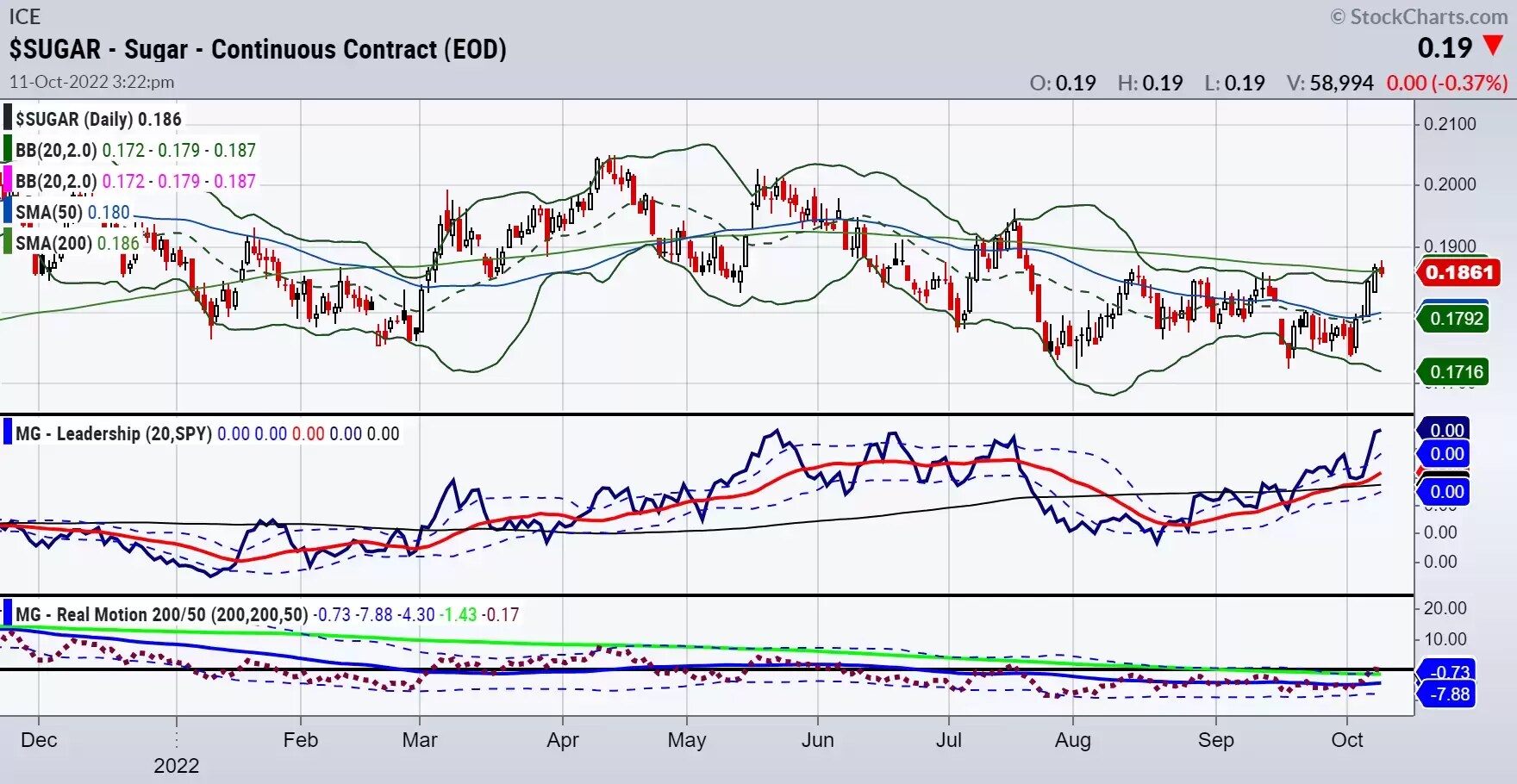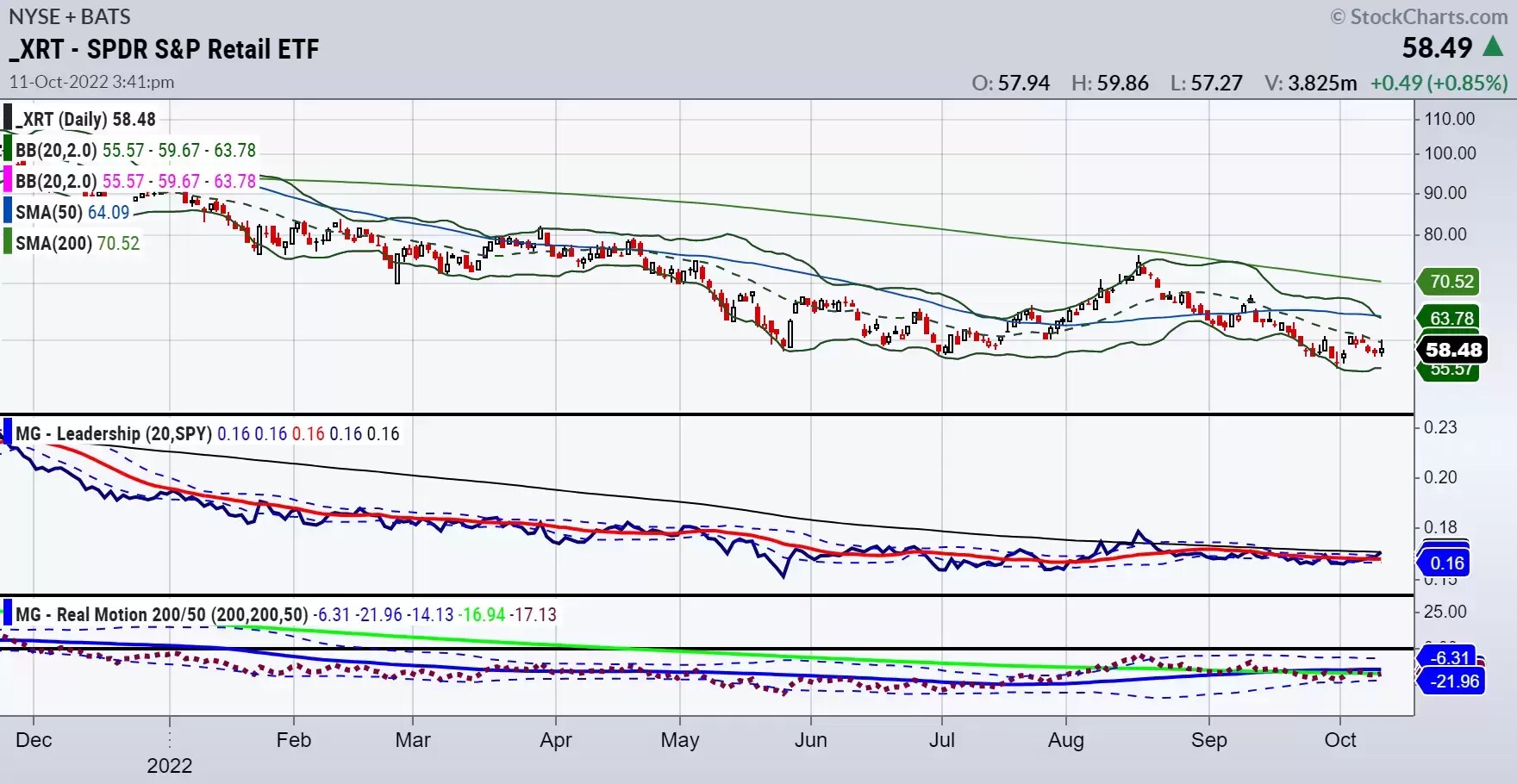As investors hold their breath in a busy week for economic announcements, it’s worth remembering that many of the data points about to emerge (on consumer price inflation, producer price inflation, earnings, retail sales and so on) are lagging indicators.
Looking ahead, companies’ forward guidance could have the biggest impact on the market in the near term.
The so-called Euphoriameter, shown in the chart below, combines price-to-earnings, volatility and bullish sentiment. The chart shows a clear tick down in market froth and enthusiasm this year. Although things are not quite as bad as after the 2008 crash, euphoria is not a word one would use to describe current sentiment.

Any uptick in euphoria might turn out to be the best contrarian indicator amid all the doom and gloom.
When it comes to trading on earnings, we use a simple strategy for day-trading, which we outline below. This could lead to a longer-term trade if A) the risk point holds, B) the market stabilizes, and C) the forward guidance of the company is better than expected.
How do you trade earnings season?
One of the most anticipated earnings reports – and perhaps the most influential for big-cap stocks – comes from Apple (AAPL).
As the chart below shows, AAPL is holding the June lows. The stock is underperforming the S&P 500. Yet with a mean reversion, as shown by our Real Motion indicator, momentum is nothing to write home about.

Apple reports fourth-quarter results on 27 October, a couple of weeks after the major US banks kick off earnings season. Typically, we recommend waiting until after earnings are released before deciding whether to establish a long or short position in an instrument.
Here is a simple trading strategy that we use: Should AAPL break out above the current trading range ($132.50 to $150) on the day after earnings, we might buy the breakout with a tight risk below the $150 level. If, however, AAPL breaks below the low end of that range ($132.50) on the day after earnings, we might sell, or “short”, the breakdown with a tight risk above the $132.50 level.
Whenever possible, we like to maintain a 2:1 risk-reward level. For example, if we are risking $5 to our stop, we aim to get a $10 gain to our profit level.
Inflation hedges
After last week’s strong-ish US jobs report last week, expectations are for inflation to ease. Estimates suggest that the consumer price index (CPI) grew 8.1% in the year to September, down from 8.3% in August. The September reading will be released on Thursday.
Such a drop is unlikely to be enough for the Federal Reserve to pivot on raising interest rates.
Food price inflation is likely to remain high. We love to watch sugar futures as a lead indicator – not only for the price of food (sugar is in virtually everything), but also as a barometer for social unrest that may occur globally because of high food prices. Sugar is also a key ingredient in ethanol, which is used to manufacture fuel, plastic, medicine and more.
As the chart below illustrates, sugar futures are breaking out above their 200-day moving average (the light green line). Sugar is outperforming the benchmark as well. Moreover, the Real Motion indicator tells us that momentum is increasing, despite rising yields and a strong US dollar.

If equity prices after earnings and inflation numbers continue to drop in a relatively orderly fashion, look to sugar for an indication of whether we are heading into trouble.
Granny Retail a key barometer
Assuming that the CPI reading for September is in line with expectations and that corporate forward guidance is not too bad, the S&P Retail ETF (XRT) – which we affectionately call Granny Retail, a beloved member of our Economic Modern Family – is a good indicator to watch.
As the chart below shows, XRT’s price is holding the September lows. The ETF is slightly outperforming the benchmark. Real Motion tells us that momentum, although lower, might be showing signs of downward exhaustion.

To sum up, the best case scenario is that Granny Retail holds, earnings expectations are not as bad as feared, inflation cools, the Fed holds monetary policy steady and sugar futures flatline. Hope for the best, but prepare for the worst.
Mish’s ETF support and resistance levels
S&P 500 (SPY) Just breaking the 200-week moving average, making 359 pivotal with next support lower at 312
Russell 2000 (IWM) 162 is a key area of support using a long-term moving average, 178 major overhead resistance
Dow (DIA) 300 resistance, with 265 better support
Nasdaq (QQQ) 273 was a big weekly breakdown, now the pivotal area to recapture; 220 next
Regional banks (KRE) 55 big support as we enter bank earnings
Semiconductors (SMH) 189 now huge resistance, with 145 key support
Transportation (IYT) Hovering on long-term support, a break under 195 not healthy
Biotechnology (IBB) 110 big support, with 122 resistance
Retail (XRT) 62 is the weekly chart resistance, while the best sign is the hold of longer-term support at 55
Mish Schneider is MarketGauge’s director of trading education and research. Read more of MarketGauge’s market analysis here, and subscribe to their YouTube channel here. Mish Schneider's and MarketGauge's views and findings are their own, and should not be relied upon as the basis of a trading or investment decision. Pricing is indicative. Past performance is not a reliable indicator of future results.
Disclaimer: CMC Markets is an order execution-only service. The material (whether or not it states any opinions) is for general information purposes only, and does not take into account your personal circumstances or objectives. Nothing in this material is (or should be considered to be) financial, investment or other advice on which reliance should be placed. No opinion given in the material constitutes a recommendation by CMC Markets or the author that any particular investment, security, transaction or investment strategy is suitable for any specific person. The material has not been prepared in accordance with legal requirements designed to promote the independence of investment research. Although we are not specifically prevented from dealing before providing this material, we do not seek to take advantage of the material prior to its dissemination.








